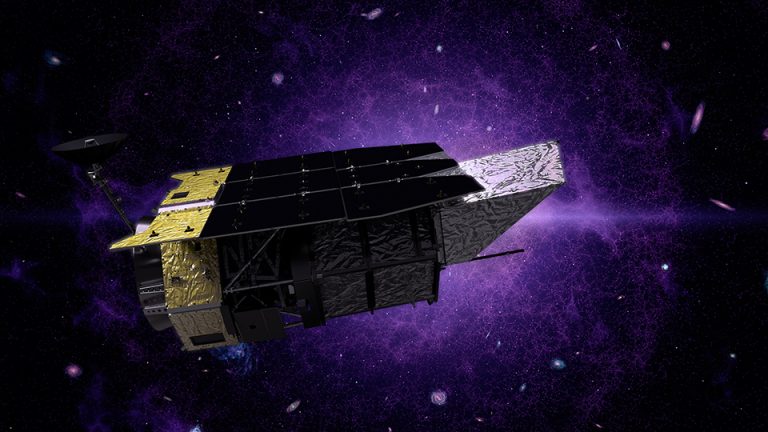Last night, in response to a worldwide surge in interest, the OPERA experiment released a paper that describes the experiments that appear to show neutrinos traveling faster than the speed of light. And today, CERN broadcast a live seminar in which one of the work's authors described the content of the paper. Both of those emphasized the point of our initial coverage: figuring out whether anything is traveling beyond the speed of light requires incredibly accurate measurements of time and distance, and the OPERA team has made an extensive effort to make its work as accurate as possible.
As a spokesperson for the MINOS neutrino experiment told Ars yesterday, there are three potential sources of error in the timing measurements: distance errors, time-of-flight errors, and errors in the timing of neutrino production. The vast majority of both the paper and the lecture were dedicated to discussing how these errors were reduced (the actual detection of the neutrinos was only a small portion of the paper).
Neutrinos are produced using a proton beam from one of the accelerators that feeds them into the LHC. The protons hit a fixed target and produce unstable particles that decay, releasing a neutrino. The protons move close to, but not at the speed of light, as do the unstable pions; both of these effects were accounted for. The timing of the protons and structure of the two bunches of them used in these experiments is not even, either, so the researchers created a profile of the proton bunch. They also compensated for the timing of the kicker magnet that pushes the bunch out of the accelerator and added detectors that registered them passing through the hardware to get a clearer sense of their timing.
Similar work went into the detector side, where the time between an actual neutrino event and the signal propagating through the hardware and to a field programmable gate array (FPGA) where it was processed was estimated at about 50ns (the neutrinos only arrived 60ns early, so that 50ns is a substantial fraction of the total). But the error in their estimate was only ±2.3ns, as measured by shining a picosecond UV laser on the detector.


 Loading comments...
Loading comments...
